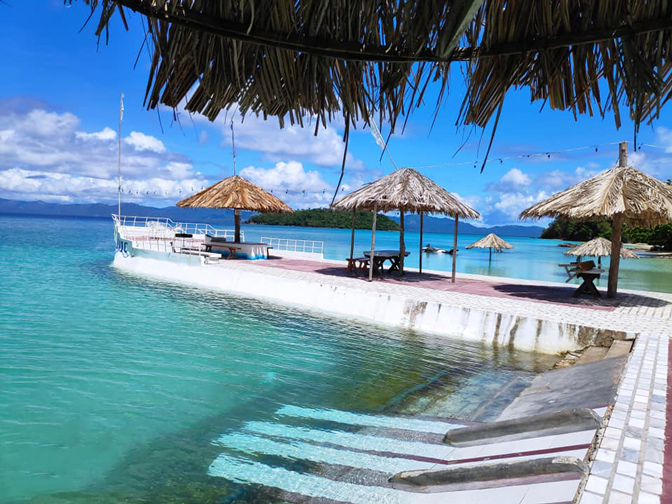Protecting Sibuyan Island: A Vital Sanctuary for Biodiversity
Sibuyan Island, often referred to as the “Galapagos of Asia,” is a hidden gem in the Philippines that boasts unparalleled biodiversity. Nestled in the heart of Romblon province, this island is home to lush forests, rare wildlife, and pristine ecosystems. However, increasing human activities and environmental threats put this sanctuary at risk. Protecting Sibuyan Island is not just a local concern—it’s a global imperative.
Why Sibuyan Island Matters
Sibuyan Island is a biodiversity hotspot, teeming with endemic species found nowhere else on Earth. Its dense forests, crystal-clear rivers, and towering mountains create a haven for flora and fauna. Here’s why this island deserves urgent protection:
- Unique Wildlife: Sibuyan is home to rare species like the Sibuyan bleeding-heart dove and the Philippine tube-nosed fruit bat.
- Ancient Forests: The island’s forests, some untouched for millions of years, act as carbon sinks, mitigating climate change.
- Marine Richness: Surrounding coral reefs and mangroves support diverse marine life, sustaining local fisheries.
Threats to Sibuyan Island’s Biodiversity
Despite its ecological significance, Sibuyan Island faces numerous threats that endanger its delicate balance. These include:
Deforestation and Mining
Illegal logging and mining operations have devastated parts of the island. Trees are felled for timber, while mining activities pollute rivers and destroy habitats. The Mount Guiting-Guiting Natural Park, a protected area, remains under constant threat from these activities.
Climate Change
Rising temperatures and erratic weather patterns disrupt ecosystems. Coral bleaching, forest fires, and shifting wildlife behaviors are already being observed.
Over-Tourism
While eco-tourism can support conservation, unregulated tourism leads to pollution, habitat destruction, and stress on local wildlife.
Conservation Efforts in Sibuyan Island
Thankfully, local communities, NGOs, and government agencies are working tirelessly to protect Sibuyan Island. Here are some key initiatives:
Strengthening Protected Areas
Expanding and enforcing protected zones, such as Mount Guiting-Guiting Natural Park, helps safeguard critical habitats. Strict penalties for illegal activities deter violators.
Community-Based Conservation
Engaging indigenous communities in conservation ensures sustainable practices. Locals are trained in eco-tourism, reforestation, and wildlife monitoring.
Marine Protection Programs
Establishing marine sanctuaries and enforcing fishing regulations preserve coral reefs and fish populations. Artificial reefs are also being deployed to restore damaged areas.
How You Can Help Protect Sibuyan Island
Conservation is a collective effort. Here’s how you can contribute:
- Support Eco-Tourism: Choose responsible tour operators that follow sustainable practices.
- Donate to Conservation Groups: Organizations like Haribon Foundation and WWF-Philippines work to protect Sibuyan’s ecosystems.
- Reduce Your Carbon Footprint: Simple actions like reducing plastic use and conserving energy help mitigate climate change.
- Spread Awareness: Share information about Sibuyan’s plight on social media to inspire others to act.
The Future of Sibuyan Island
With concerted efforts, Sibuyan Island can remain a sanctuary for biodiversity. The island’s fate depends on global awareness, policy enforcement, and sustainable development. By acting now, we ensure that future generations can witness its natural wonders.
Sibuyan Island is more than just a piece of land—it’s a living testament to Earth’s beauty and resilience. Protecting it is not an option; it’s a necessity.


